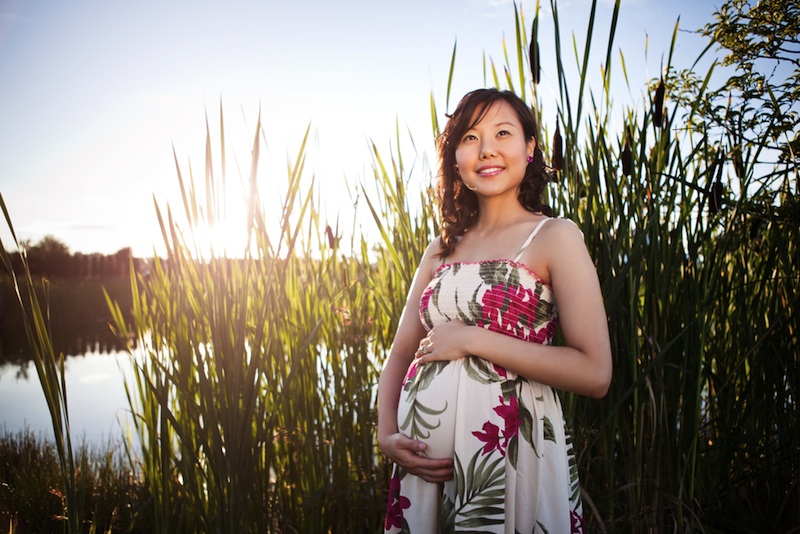Baby's Cells Mix and Mingle with Pregnant Mom's

During pregnancy, and even decades later, a baby's influence on mom runs deep — cell deep. While the fetus develops inside the womb, its cells mix and mingle with the mother's after traveling through the placenta, and can stay there for years.
In a new study, researchers discovered cells from the placenta and the fetus inside a pregnant mouse's lungs. They were even able to tell that some of the cells were immune cells, while others looked like undefined connective tissue.
"We and other people have shown they stay around for decades. They aren't the original cells so there must be some way they can give rise to daughter cells in the mother's body," study researcher Diana Bianchi of Tufts Medical Center, told LiveScience. "We strongly believe that there are implications for the future health of women who are or have previously been pregnant."
Pregnant mice
The researchers aren't sure how fetal cells get across the placenta into the mother, but it's possible that there are leaky spots (which get bigger as pregnancy reaches term) in the cells that form the barrier between the baby's blood and the mother's blood in the placenta.
They also don't know what the cells do in the mother's body, or what types of cells they are. So Bianchi and her colleagues studied pregnant mice to see what types of cells they could find in the mother's lungs. [8 Odd Changes That Happen During Pregnancy]
To track the fetal cells, Bianchi's graduate student, Stephanie Pritchard, mated a male mouse that had two copies of the green fluorescent protein gene with a normal female. This gene was present in every fetus he fertilized, so when these fetal cells made it into the mother's organs, the researchers were able to recognize the fluorescent signal and separate those cells from the mother's own cells.
Sign up for the Live Science daily newsletter now
Get the world’s most fascinating discoveries delivered straight to your inbox.
Next, they analyzed the genetics of these captured fetal cells to see which genes were turned on, comparing these "expressed" genes with data for the genes expressed by various cell types. They found the genetic signatures of cells matched those derived from the placenta, and from two types of fetal cells: immune cells and undifferentiated cells that make up the connective tissues, called mesenchymal cells.
Special cells
The immune cells may help ensure that the mother's immune system doesn't "reject" the fetus (as it would a transplanted organ that isn't a genetic match), but the researchers don't really know what role the undifferentiated mesenchymal cells have.
These mesenchymal cells could play a role in regeneration or healing of the mother's tissues, the researchers speculate. For instance, these fetal cells have been found integrated into lung tissue, and researchers have seen them come to the rescue when maternal heart tissue is injured. They've also shown up at the site of tumors.
"They are younger cells and they do appear to have different capabilities," Bianchi said. "That's an area for future research: to determine if an undifferentiated cell from the fetus has different regenerative capability than the mother's own stem cells."
The study was published today (June 6) in the journal Biology of Reproduction.
Follow Jennifer Welsh on Twitter @microbelover or LiveScience @livescience. We're also on Facebook & Google+.
Jennifer Welsh is a Connecticut-based science writer and editor and a regular contributor to Live Science. She also has several years of bench work in cancer research and anti-viral drug discovery under her belt. She has previously written for Science News, VerywellHealth, The Scientist, Discover Magazine, WIRED Science, and Business Insider.
Man gets sperm-making stem cell transplant in first-of-its-kind procedure
'Love hormone' oxytocin can pause pregnancy, animal study finds










